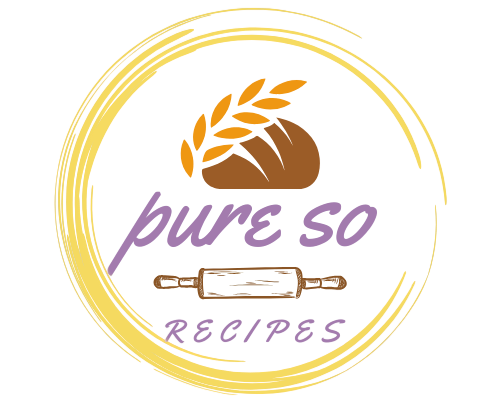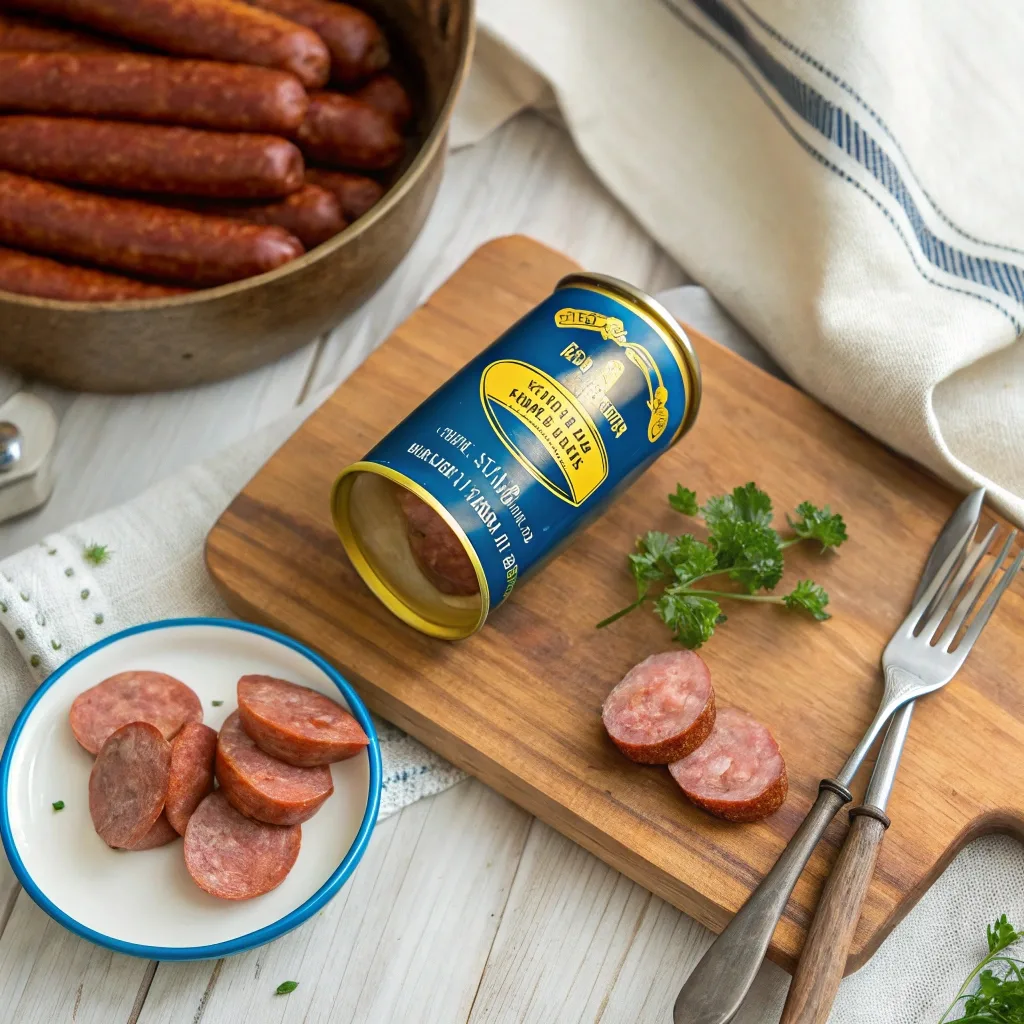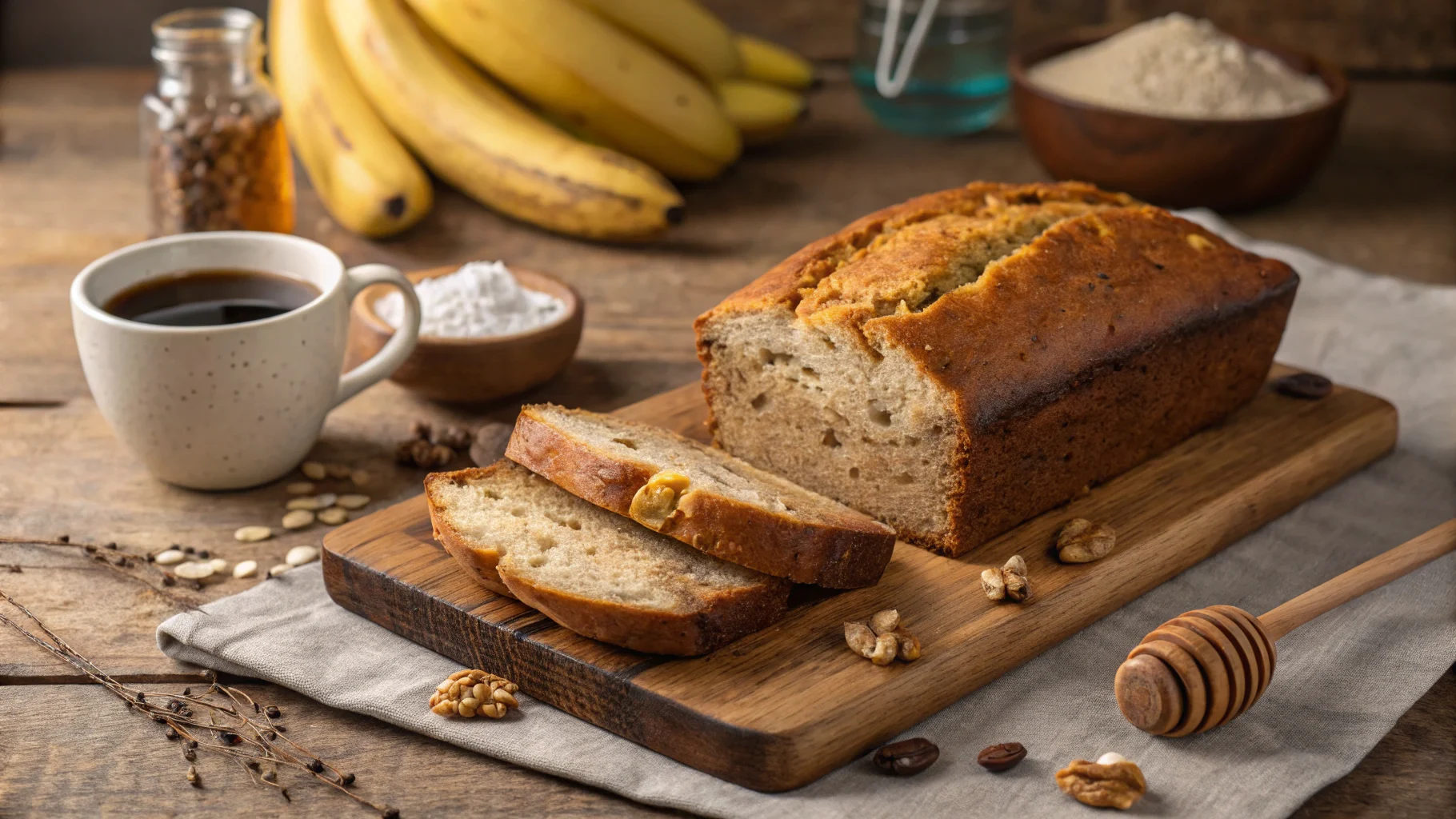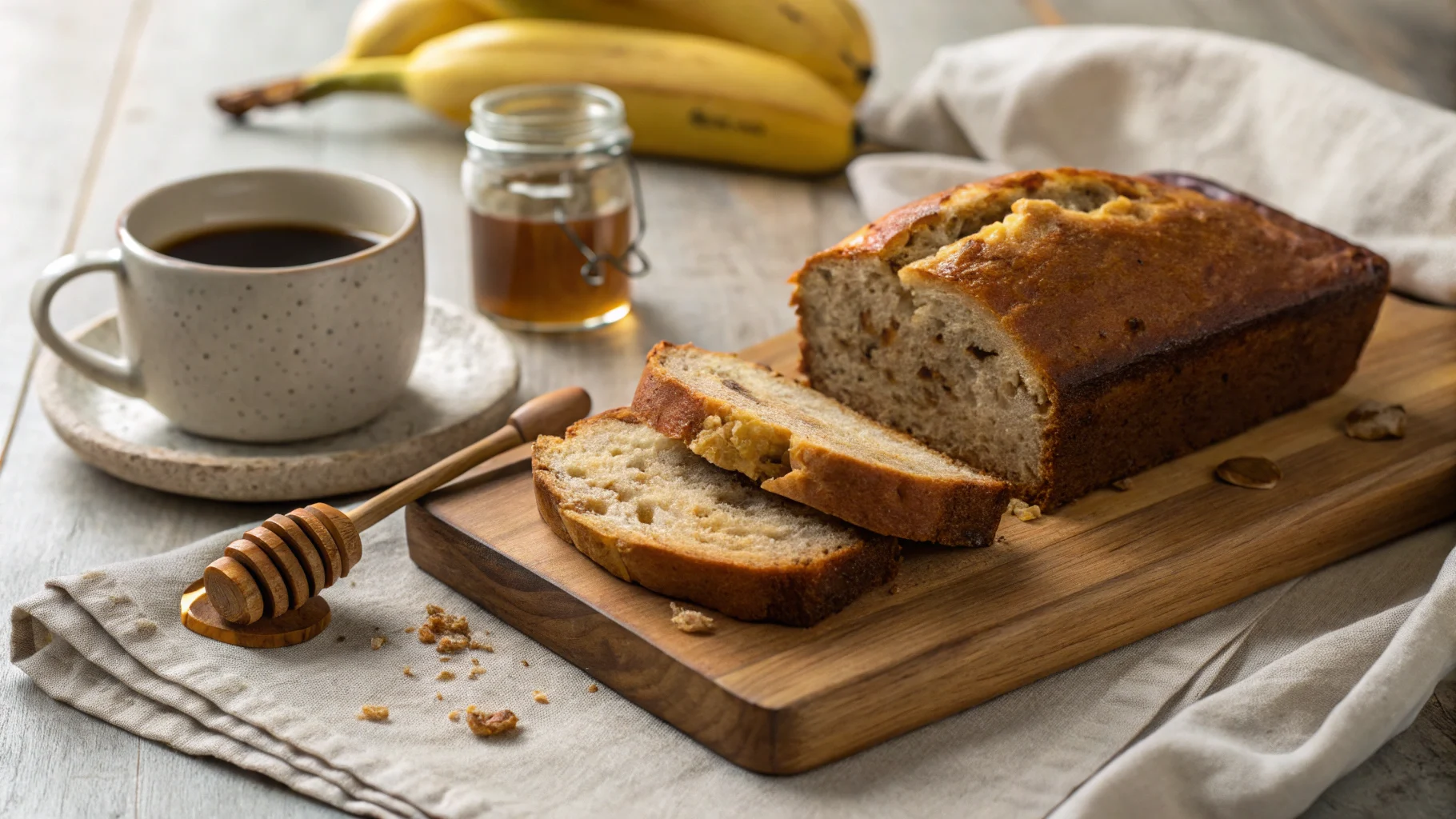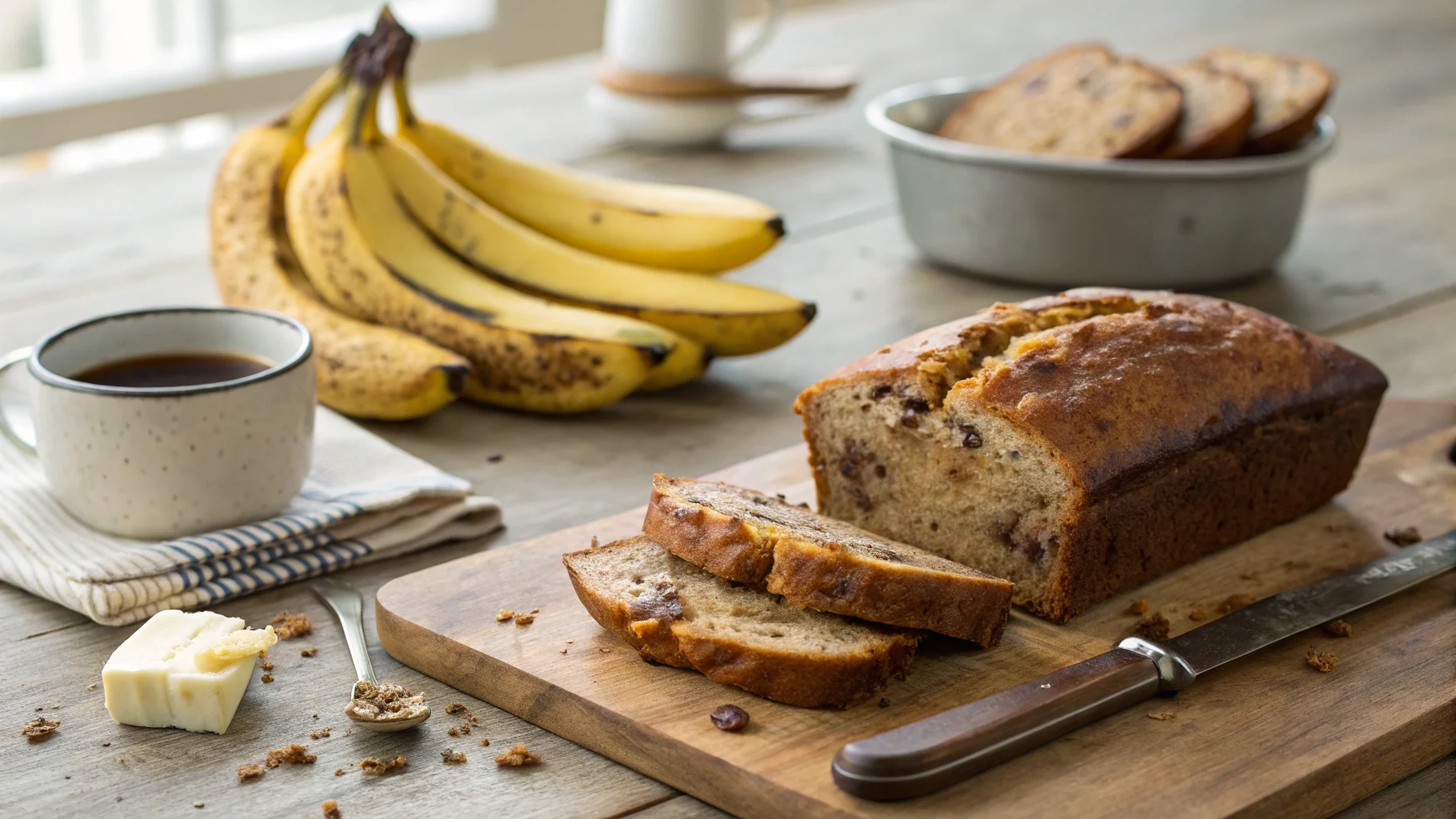Discovering Prairie Belt Smoked Sausage
If you grew up in the South, there’s a good chance Prairie Belt smoked sausage has a soft spot in your heart—or, at the very least, your pantry. These little canned sausages are more than just a snack; they’re a piece of culinary nostalgia. With their smoky flavor and unique texture, Prairie Belt sausages have been a go-to for quick meals, road trips, and lazy afternoons for decades.
But it’s not just Southerners who love these. Prairie Belt smoked sausage has gained a cult following for being easy to use and full of flavor. Whether you eat them straight from the can (no judgment here!) or cook them into your favorite recipes, they bring a smoky, savory kick that hits the spot every time.
A Culinary Tradition Since 1951
Since their debut in 1951, Prairie Belt smoked sausage has become a household name. Their iconic blue-and-yellow cans are instantly recognizable and have stood the test of time. For over 70 years, this brand has been a staple in Southern kitchens and beyond. So, what’s the secret to their staying power? It’s all about flavor, convenience, and a little bit of old-school charm.
This article will unpack everything you need to know about Prairie Belt smoked sausage, from its ingredients and history to creative ways to use it in your kitchen. So grab a can—or maybe two—and let’s dive in!
Table of contents
Understanding Prairie Belt Smoked Sausage:
What Is Prairie Belt Smoked Sausage?
Prairie Belt smoked sausage is a canned, fully cooked sausage that’s been a pantry staple for over 70 years. Known for its smoky flavor and soft, slightly chewy texture, this sausage is made using a mix of chicken and pork, along with a blend of spices that give it a signature taste. It’s the kind of food that feels both nostalgic and practical—a little piece of comfort food that you can take just about anywhere.
Ingredients and Composition

So, what’s inside that iconic can? Prairie Belt smoked sausage is made from mechanically separated chicken, water, chicken skin, pork skin, and pork spleens. While it might not sound fancy, these ingredients come together to create a flavorful, protein-packed sausage. It also contains less than 2% of mustard, spices, natural flavorings, and sodium nitrite (a preservative used to maintain freshness and flavor).
This blend of ingredients gives Prairie Belt its distinct flavor and smooth texture. The addition of a smoky seasoning ensures that every bite has a rich, savory taste that’s both comforting and satisfying.
Flavor and Texture of Prairie Belt Sausage
When you open a can of Prairie Belt smoked sausage, the first thing you notice is its unmistakable aroma—smoky and slightly peppery, with just a hint of sweetness. The flavor itself is bold and meaty, with a slight tanginess that comes from the blend of spices.
Texture-wise, Prairie Belt sausages are softer than fresh sausage links, but not mushy. They’re tender and moist, which makes them easy to chew and versatile for recipes. Whether you’re enjoying them on their own or tossing them into a dish, they hold their shape and absorb flavors beautifully.
Production Process
Have you ever wondered how Prairie Belt gets its unique flavor and long shelf life? It all comes down to two things: smoking and canning.
Smoking Techniques
The secret to Prairie Belt’s flavor lies in its smoking process. Each sausage is carefully smoked to give it that rich, smoky taste that fans love. Smoking not only enhances the flavor but also helps to preserve the sausage, adding a natural layer of protection against spoilage.
Canning and Preservation
After the sausages are smoked, they’re sealed in cans with a flavorful brine. The canning process ensures that the sausages stay fresh and ready to eat for months—or even years. This is why Prairie Belt smoked sausage has been a favorite for camping trips, emergency kits, and anyone who loves a quick, no-prep snack.
The brine inside the can also enhances the flavor, keeping the sausages moist and tender. And since they’re fully cooked before being canned, you can eat them straight from the package or warm them up for a quick meal.
Culinary Uses and Preparation Methods:
How to Enjoy Prairie Belt Smoked Sausage
Prairie Belt smoked sausage isn’t just a grab-and-go snack—it’s a versatile ingredient that can be used in all kinds of recipes. Whether you’re eating it straight from the can, adding it to hearty Southern dishes, or experimenting with your own creations, there’s no shortage of ways to enjoy this flavorful sausage. Let’s explore some of the best ways to use it.
Straight from the Can
Let’s be honest—sometimes you just don’t want to mess with a stove or dirty a dish. One of the best things about Prairie Belt smoked sausage is that it’s fully cooked and ready to eat right out of the can.
Whether you’re on a road trip, hiking, or just need a quick protein fix, these sausages are a lifesaver. Some folks even like to pair them with crackers or cheese for an easy snack. And, for those late-night cravings? Yep, they’re a pantry MVP.
Cooking and Recipe Ideas

If you’re feeling a little more creative, Prairie Belt smoked sausage can be the star of some seriously delicious recipes. Its smoky, savory flavor adds a unique touch to all kinds of dishes, from breakfast to dinner.
Breakfast Dishes
Start your day with a kick! Chop up Prairie Belt smoked sausage and toss it into a breakfast scramble with eggs, onions, and bell peppers. You can also slice it up and fry it alongside your morning pancakes or waffles for a salty-sweet combo that’s out of this world.
Main Courses
Prairie Belt smoked sausage shines in hearty, comforting meals. Try adding it to a pot of gumbo, jambalaya, or red beans and rice for a smoky boost of flavor. You can also slice it and mix it into pasta dishes or casseroles—it’s a great way to turn a simple dinner into something more exciting.
Snacks and Appetizers

Looking for a quick snack? Prairie Belt sausage pairs perfectly with cheese and crackers for an easy charcuterie-style plate. You can also cut the sausages into bite-sized pieces, skewer them with toothpicks, and serve them with a dipping sauce for a crowd-pleasing appetizer. Barbecue sauce, honey mustard, or even ranch dressing all work great!
Storage and Shelf Life
One of the reasons Prairie Belt smoked sausage is so popular is because of how easy it is to store. These little cans are built to last, making them perfect for meal prep or emergency food supplies.
Unopened Cans
Unopened cans of Prairie Belt smoked sausage have a long shelf life, typically lasting several years when stored in a cool, dry place. This makes them an excellent option for stocking up your pantry or keeping on hand for camping trips and road trips.
After Opening
Once you’ve cracked open a can, you’ll want to refrigerate any leftovers to keep them fresh. Store the sausages in an airtight container or their original brine for up to 3-4 days. If you’re planning to use them in recipes later, this short-term storage gives you plenty of time to experiment.
Nutritional Information and Dietary Considerations:
Nutritional Breakdown
When it comes to canned foods, Prairie Belt smoked sausage packs a flavorful punch, but what about its nutritional value? Let’s break it down so you can decide if it fits into your diet.
Calorie and Macronutrient Content
A standard serving size of Prairie Belt smoked sausage (about 2.5 ounces or 71 grams) contains roughly:
- Calories: 200
- Protein: 8 grams
- Fat: 19 grams
- Carbohydrates: 1 gram
The high fat content makes it a satisfying option for those looking for energy-dense snacks, especially if you’re on the go. The protein is another plus, helping to keep you fuller longer. However, it’s not exactly a low-calorie choice, so moderation is key!
Sodium and Preservatives
As with most canned products, sodium is something to watch out for. One serving of Prairie Belt smoked sausage contains about 650 milligrams of sodium—roughly 28% of the recommended daily intake. This helps preserve the product and enhances its flavor, but if you’re watching your salt intake, you’ll want to keep this in mind.
The sausages also contain sodium nitrite, a common preservative in processed meats. While this keeps the product fresh and flavorful, it’s worth noting if you’re avoiding processed foods or nitrates.
Dietary Suitability
Prairie Belt smoked sausage isn’t just convenient—it’s also versatile enough to fit into a variety of diets. Here’s how it stacks up for different lifestyles.
Keto and Low-Carb Diets
If you’re following a keto or low-carb diet, Prairie Belt smoked sausage can be a great addition to your meal plan. With just 1 gram of carbohydrates per serving and a good amount of fat and protein, it fits the macro balance perfectly. Pair it with non-starchy veggies or some avocado for a quick and easy keto-friendly meal.
High-Protein Diets
For those focusing on protein, Prairie Belt sausages provide a decent amount in a small package. While they’re not as lean as grilled chicken or turkey breast, they’re an easy and flavorful way to add variety to your protein sources.
Allergen Information
Prairie Belt smoked sausage is free of common allergens like gluten, nuts, and dairy, making it a safe option for people with these dietary restrictions. However, always check the label for updates, as manufacturing processes can change over time.
Considerations for Sodium-Sensitive Diets
For those on a low-sodium diet, Prairie Belt sausages might not be the best fit. If you still want to enjoy them, balance the meal with low-sodium sides like steamed vegetables or a simple salad to offset the saltiness.
Frequently Asked Questions (FAQs) and Conclusion:
Frequently Asked Questions (FAQs)
What are the ingredients in Prairie Belt sausage?
Prairie Belt sausage is made with mechanically separated chicken, water, chicken skin, pork skin, and pork spleens. It also contains less than 2% of ingredients like mustard, spices, natural flavorings, and sodium nitrite. These ingredients work together to create the sausage’s signature smoky taste and smooth texture.
Can you eat smoked sausage straight from the package?
Yes, you can! These sausages are fully cooked and ready to eat as soon as you open the can. It’s a great option when you’re short on time or don’t have a kitchen available.
How long has this canned sausage been around?
This popular product has been a Southern favorite since 1951. For more than 70 years, it has earned its place as a go-to for bold flavor, convenience, and versatility.
What is Conecuh sausage?
Conecuh sausage is another favorite in Southern kitchens. Unlike the canned version, Conecuh is a fresh smoked sausage made from pork and spices. It’s typically grilled or pan-fried and needs to be refrigerated, making it a very different product.
How should I store leftovers?
After opening, transfer any remaining sausage to an airtight container, along with its brine if possible. Refrigerate it and use it within 3-4 days for the best flavor and texture
Is this product gluten-free?
Yes, it’s free from gluten, making it suitable for those with sensitivities or celiac disease. However, it’s always a good idea to check the label for updates to the ingredient list.emergencies, this sausage brings a smoky, savory flavor that’s hard to resist.
With its long shelf life and versatility, Prairie Belt smoked sausage is a must-have for busy families, outdoor enthusiasts, and anyone who loves convenient, comforting food. So grab a can, try a recipe, or snack on it as-is—you might just find your new favorite way to enjoy this classic treat!
